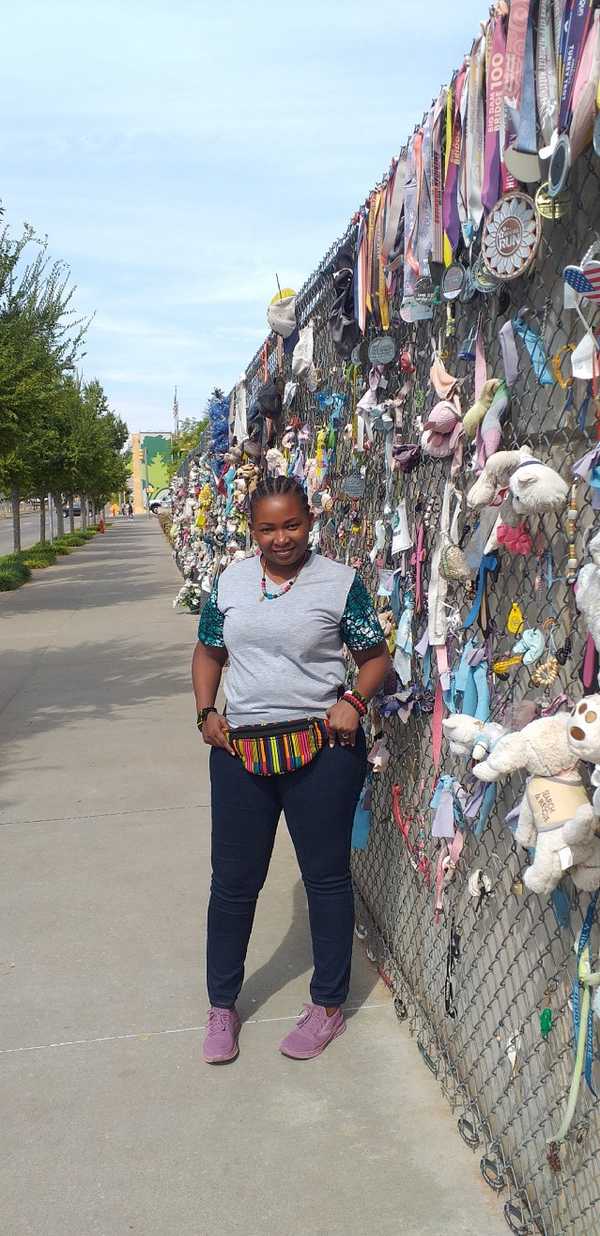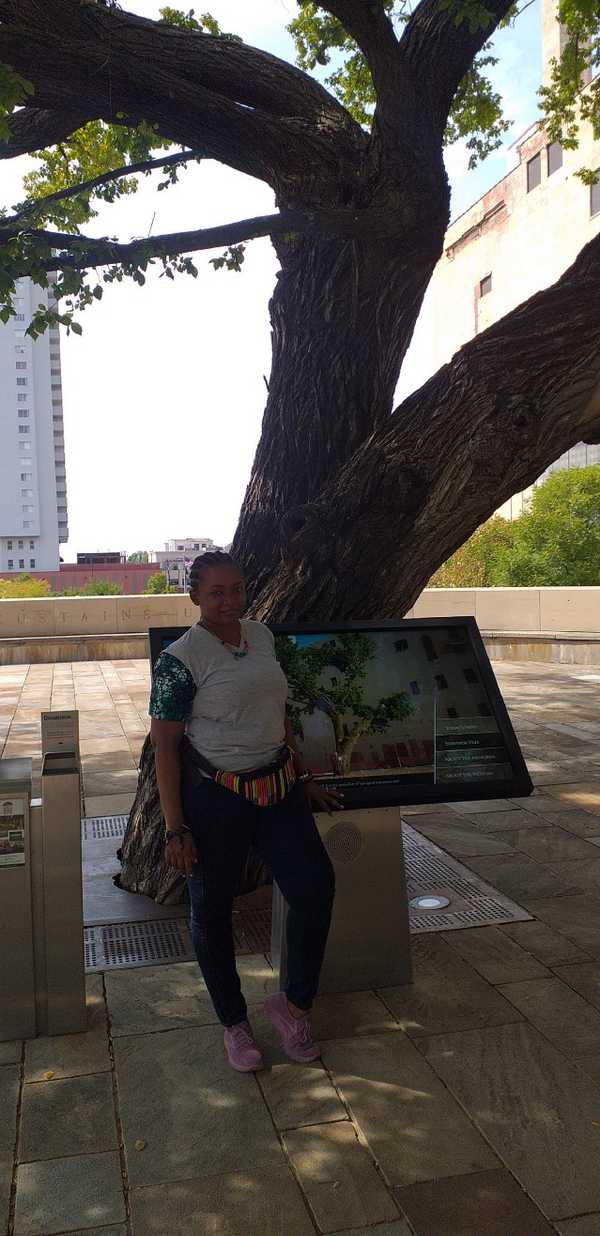My Experience in Oklahoma: Honoring the Lives & Memories of the Victims of the Oklahoma City Bombing
Fides P Uiso is a 2022 Fellow in the Professional Fellows Program on Inclusive Civic Engagement. This program is sponsored by the U.S Department of State’s Bureau of Educational and Cultural Affairs, and is administered by the Institute for Community Inclusion (ICI) at the University of Massachusetts Boston in partnership with Humanity and Inclusion (HI). The following blog post was written by guest author Fides P Uiso.
My name is Fides Uiso. This is my first time in the United States. I will share one of the most impactful experiences from the first week of my stay here in the US.
During the first week, we had an orientation to Oklahoma University. During my orientation, my host mentor Dr. Megan Roberts took me to the Oklahoma City National Memorial & Museum. This museum is dedicated to the victims who lost their lives in the Oklahoma City Bombing on April 19, 1995. I was fascinated by the beauty of the museum despite it holding memories of people who lost their lives.
I saw a fence with medals, teddy bears, rescuer stuffed dogs, and handcrafts. My host told me that the fence was installed to protect the site of the federal building, and that, almost immediately after the tragic event, people began to leave tokens of love and hope on the fence. Most of the items have been collected and preserved. Part of the original fence gives people the opportunity to leave tokens of remembrance and hope. When I go back again, I will leave my handmade craft.
The monumental twin gates frame has hour symbols, which represent the moment of the bomb’s destruction (9:02 AM) and mark the formal entrances to the memorial. The 9:01 Gate represents the innocence before the attack. The 9:03 Gate symbolizes the moment healing began. The entrance also supports people with disabilities who use wheelchairs.
The museum felt like a cool place to have a quiet time. My host mentor told me that it’s a place of quiet reflection, healing, and hope.
Then, I saw a tree and asked, “What is so special about that tree?”, because they had built it to look like a special tree. My host mentor told me that it is a survivor tree. We went to look at the tree, and on our way, she started telling me why it’s called a survivor tree. She said the survivor tree is an American Elm, and it is the only tree that bore witness to the violence of April 19, 1995 and withstood the full force of the attack. Years later, it continues to stand as a living symbol of resilience and that is why they are taking good care of it.
The circular promontory surrounding the tree offers a place for gathering and viewing the memorial. I took a picture for my memories.
Then, we went to the other side of the memorial where I saw many names written on a wall, and I asked my host mentor what the names reflect. She said, “These walls remind us of those who survived the attack — many with serious injuries.” She showed me the names of people she knew and said that more than 600 names are inscribed on salvaged pieces of granite from the federal building lobby.
Next, I saw many chairs and I asked what they were for, and she said there are 168 chairs that represent those killed on April 19, 1995. They stand in nine rows, each representing a floor of the federal building where the field is now located. Each chair bears the name of someone killed on that floor. Nineteen smaller chairs stand for the children. I felt very bad.
This experience gave me new insights on how to honor others’ lives and care for their memories. The museum visit was such an impactful experience, and my mentor is the best tour guide.
I am standing next to the Oklahoma City National Bombing Memorial & Museum’s Memorial Wall
I am standing next to the “Survivors Tree” at the Oklahoma City National Bombing Memorial & Museum.


